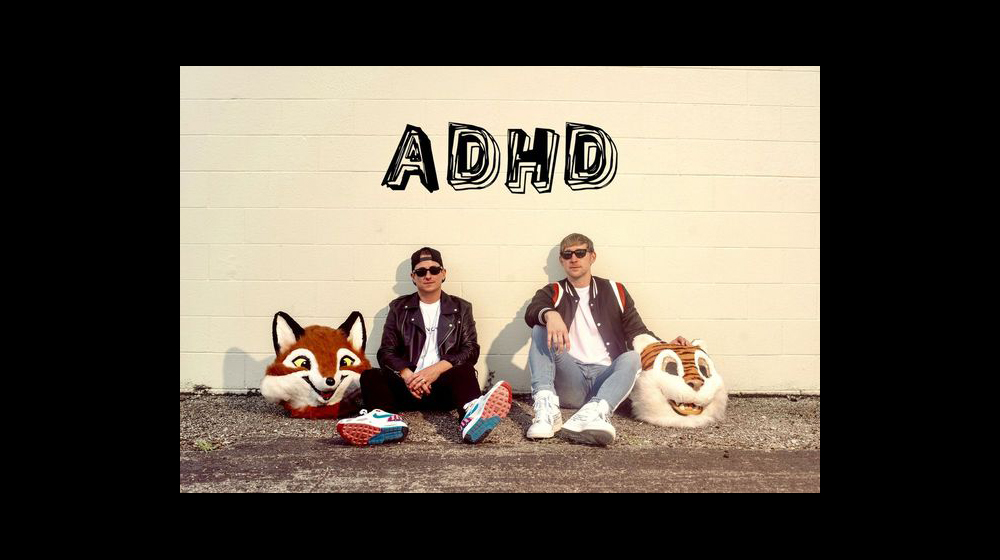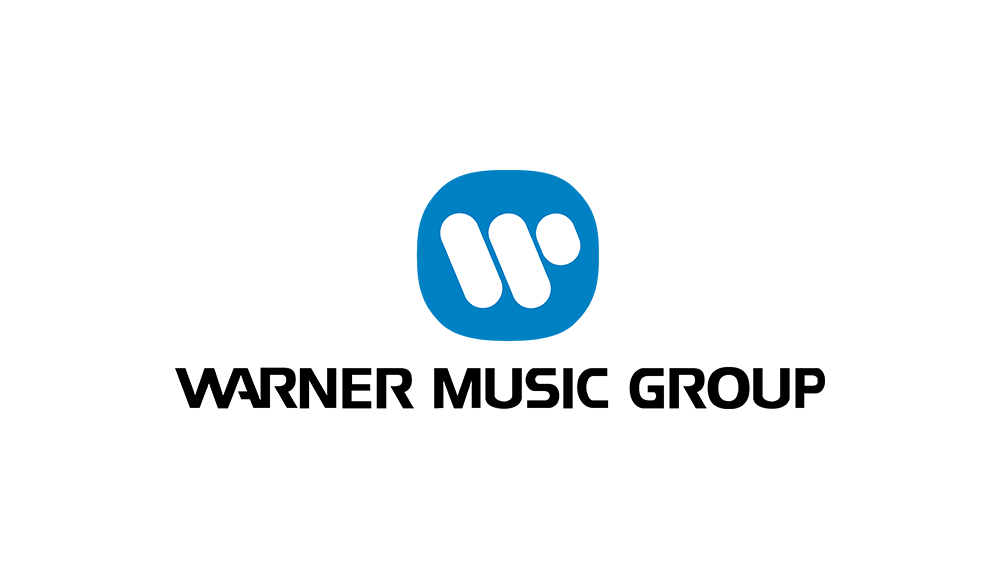
(Hypebot) – With YouTube being the most used streaming service in the world, the pressure is building from major artists for a reform of the Digital Millennium Copyright Act which currently grants the video site safe harbor provisions harmful to artists.
——————————————–
Guest post by Michael Kostaras from Berklee's Music Business Journal.
Music industry pressure is mounting on YouTube. In June, a diverse group of 180+ major artists, including Paul McCartney and Taylor Swift, released a petition calling for a reform of the Digital Millennium Copyright Act of 1998, which grants safe harbor provisions to the video service. The open letter ran as a three-day ad in the Politico, Roll Call, and The Hill. Behind it, stood key trade players, notably the three major labels and the PROs, i.e. ASCAP, BMI, and SESAC. Industry heavy weights chipped in too. Trent Reznor, Music Chief Creative Officer for Apple Music and ex Nine Inch Nails, argued that You Tube’s business model, owned by Google, was served on a gratis platter “built on the backs of free, stolen content”. Industry mogul and manager Irving Azoff, a Billboard most powerful personality of 2012, remarked on YouTube’s “unfair [legal] advantage”.
Context
With an average of over 1 billion users per month, YouTube is the most-used streaming service in the world. According to the IFPI’s Music Consumer Insight Report, 82% of those 1 billion users are listening to music. Now that streaming, and YouTube in particular, have become such strong market drivers, their role in compensating artists is more important than ever; hence the increasing dissatisfaction from the industry. According to Forbes, research conducted by MIDiA indicated that between 2014 and 2015, total views increased 132%, whereas rights payments only increased 11%. This would actually mean YouTube/Vevo’s pay per-stream rate decreased from $0.0020 to $0.0010 for that year. In that same time, Spotify (which has a higher number of paid subscribers) reported paying between $0.006 to $0.0084 per-stream. In the past, ad-based revenue was more feasible than a flat rate per stream. However, as the number of paying subscribers grows, along with streaming revenue, the ad-based remuneration is proving to be insufficient for the industry at large.
The DMCA, (section 512 of the U.S. Copyright Law) is important to YouTube’s current model, because it grants “safe harbor” to digital service providers under specific circumstances. Essentially, safe harbor provisions state that these services are not legally responsible for the uploading of unlicensed content by their users provided they either compensate the rightsholders or remove content when it is found to be infringing.
However, YouTube’s especially high user rate gives it a unique position as a marketing platform, to the point where even established artists can’t afford not to leave their music up. The result of this bargaining power means YouTube is often able to host copyright protected web content on its free tier, without necessarily acquiring the proper license. Or if it does, it may not always offer fair compensation.
The CO and the EU
The June petition is notable in that it may be the most assertive call to arms made by the music industry. Moreover, it is clear that the U.S. Copyright Office is listening, for it is currently conducting a public study of the DMCA to “evaluate the impact and effectiveness of the safe harbor provisions contained in section 512 of title 17, United States Code”.
As of the April 1 deadline, the Copyright Office reportedly received over 92,000 written submissions of public commentary on the matter. In May, roundtable discussions were held in San Francisco and New York. When released, the much anticipated report should shed some light on “the costs and burdens of the notice-and-takedown process on large- and small-scale copyright owners, online service providers, and the general public”, and “how successfully section 512 addresses online infringement and protects against improper takedown notices”. The end result may be critical in deciding whether or not YouTube is overstepping its bounds as a neutral party, and in what capacity it will be allowed to proceed with its current business and compensation practices.
At the same time, the European Commission is also taking some important first steps with its own safe harbor provisions to ensure artists see better compensation for their work. On September 14, the EC published its new proposals to update copyright in the EU. Articles 13 and 14 are pertinent to YouTube.
These articles discuss the storage, use, and access of protected works by information service providers. Service providers, it is argued, must take proper measures to allow rights’ holders to manage the use and access of their protected works. The EU advocates the adoption of recognition technologies to take down a protected work if a rights’ holder wants it. And because Europe has a history of being more bullish in the defense of copyright, the estimation is that the use of new recognition technologies may serve creators better there than, for example, YouTube’s Content ID system does in the US (more on this later).
Service providers in Europe must also keep rights’ holders informed as to the carrying out of those measures, and report on any recognition or removal of said works. They must also offer a way for users to notify them of any disputes or errors regarding the removal of content.
In particular, Article 14 is intended to create more transparency surrounding fair compensation for any protected work. It states that, authors and performers must receive “timely, adequate and sufficient” information regarding the exploitation of their works, along with “revenue generated and remuneration due”.
Economics
YouTube says that it is good for the industry. It claims that fan-uploaded content accounts for 50% of the $3 billion revenue it pays the business, making it a highly effective promotional tool for musicians. It points out that it debuted YouTube Red, a monthly-paid subscription service exclusively for users in the United States which provides advertising-free streaming of videos hosted by the service, offline and background playback of videos on mobile devices, and access to advertising-free music streaming. This should provide more receipts to musicians. In addition, it has developed it own app, YouTube Music to better catalogue, as it puts it, its sprawling catalogue of song videos.
This may be so, but given the vast number of YouTube users, the question is whether its ad-supported revenue service can ever match, as perhaps it should, subscription services like Spotify. The IFPI, the international trade body of the record labels, has repeatedly made the point that, in 2015, the 68 million global users of subscription based services paid the record companies $2 billion; those same companies received only $634 million from YouTube with nearly fifteen times more users.
Therefore, out of the $3 billion YouTube claims it redistributes back to the music business, only a fifth seems to go back to the recording business. In effect, YouTube seems to be paying publishers more money for the song composition than it pays for the master recording – an unusual occurrence in the music business. The problem for YouTube is that the labels have more clout and deeper pockets than the publishers and the PRO’s that collect for them. But the music publishers, which collect on the sound composition, are not happy either, so the industry conflict with YouTube will likely escalate.
Another factor is the dispute over the recognition of infringing material. YouTube maintains that its Content ID technology is highly successful in recognizing and managing 99.5% of infringement claims, and that it has an overall 99.7% accuracy rate. The IFPI disagrees, saying that YouTube failed to identify as many as two of every five infringing works. There has been some progress, with the U.K.’s Intellectual Property Office reporting last year a drop from 63% to 58% in the use of YouTube by infringers, but the music industry clearly sees a greater schism there than YouTube does.
It must be said too that the conflict with YouTube is happening against a changing backdrop in the business. In 2015, the recording industry had its first year of growth since Napster. Reports are also encouraging about the future of recorded music. In the US, the Recording Industry Association of America’s mid-year report for 2016 puts labels’ revenue growth at 8.1%, with streaming retail income accounting for one of every five dollars made and offsetting declines in both physical and digital sales. Thus, the marginal value of YouTube in label income stands in relative contrast, and the video giant is perceived ever more as devaluing recording product when at last it is becoming better monetized.
YouTube’s Case
Naturally, there are arguments to be made on YouTube’s behalf. Take Google, its parent company, commenting on the new EU measures: “There are things to like in the proposal [and] we’re pleased to see the Commission mandating more transparency and data sharing for artists and rights’ holders.” However, Goggle continues, “[excessive filtering by online services] would effectively turn the internet into a place where everything uploaded to the web must be cleared by lawyers before it can find an audience”.
Indeed, many industry players – among them the IFPI but also the Independent Music Publishers Forum (IMPF) and the UK Performing Rights Society (PRS) – are concerned that if the new EU legislation doesn’t empower member States with the necessary authority to carry out the new mandate, the results could be counterproductive and hurt the livelihood of European songwriters, for it will provide a cover to the status quo. Clear regulatory guidance may be needed on both sides of the Atlantic for YouTube to be reigned in, but the dilemma is that this could stifle originality.
From Google’s and YouTube’s perspective, moreover, account should be taken of the fact that YouTube music videos are per se a small part of YouTube’s entire video catalog, which of course means that music related ad revenues cannot be relative to the total number of YouTube users as the IFPI, among others, would wish. If the new measures are to be fair, in short, the principle of proportionality should apply.
Perhaps the strongest argument pro-YouTube is its function as a marketing trampoline for indie and breaking artists. Rising stars like Bieber, the Weeknd, Karmin, and Shawn Mendes, among others, have seen their careers skyrocket thanks to the video giant. Indeed, Digital Music News writes that “ Silicon Valley has built the recording industry a vast and powerful new global platform for content distribution and monetization — all for free”, and Music Ally seems to agree that “user-upload platforms have generated huge new value for unsigned and independent creators by affording them tools to reach a worldwide audience”. Both dailies are inclined to praise YouTube’s long-term role in the music business.
Conclusion
Moving forward, the problem for YouTube is one of size. Its page views and unique users make it the second highest ranked website in the world after Google. It surpasses Facebook. In this context, the music recording and publishing industries are no longer prepared to stay on the sidelines and just gratefully acknowledge YouTube’s role in promoting music and, often, new talent.
As YouTube’s ad earnings grow in tandem with its popularity it is being perceived as a beneficiary of proprietary sound recording and musical compositions that demand more consideration at a time when consumers of music are demonstrably paying more for it and are expected to continue doing so in the future.
The reform of longstanding safe harbor provisions, and their relationship to music making, are in the end a discussion about how the shares of recorded music product should be distributed over the Internet. So far the spoils have gone to the colonists, i.e. the technology companies and, particularly, YouTube.
But the trend has been for sites that trade in user-uploaded content to go legal and move away from free music. SoundCloud is the best example (see MBJ, Apr 2016). YouTube, therefore, would do well to be perceived as a neutral and passive host of music, not just for its own long-term engagement with the industry but to stay within the confines of the newer, and likely more binding, safe harbor provisions.
























































